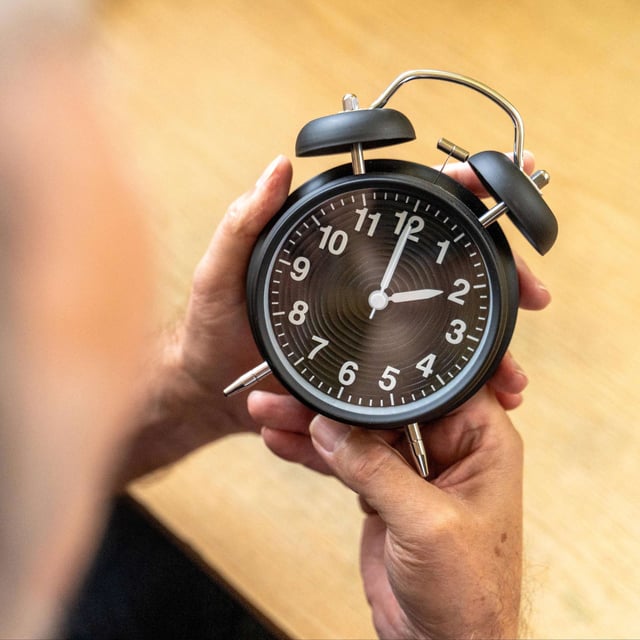Overview
- The switch to standard time occurs the night to Sunday, Oct. 26, with clocks moving from 3:00 to 2:00, and many phones and radio‑controlled clocks update automatically while analog and many car displays require manual adjustment.
- Researchers report short‑term increases in fatigue, sleep disruption, elevated blood pressure, and upticks in strokes and heart attacks around the change.
- Sleep scientist Eva Winnebeck and Germany’s sleep society favor permanent standard time because daylight is the primary cue for human body clocks.
- The European Parliament voted in 2019 to end the biannual change, but member states have not agreed on a permanent regime, and coverage indicates the current system is expected to persist at least into 2026.
- To ease the transition, experts advise shifting routines before the weekend—about 30 minutes on Saturday, then a full hour on Sunday.

